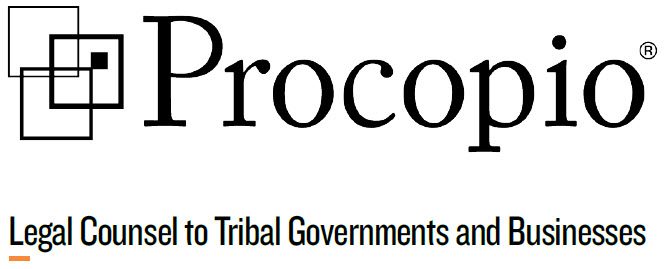By: Theodore J. Griswold | Partner | ted.griswold@procopio.com
Stephanie A. Conduff | Attorney | stephanie.conduff@procopio.com
Yes, marijuana in Indian Country is illegal. You can get raided. Ask the Alturas Indian Rancheria and the Pit River Tribe in California. They were both raided by the Bureau of Indian Affairs (BIA) and the Drug Enforcement Administration (DEA) earlier this week. The agencies seized more than 12,000 marijuana plants and 100 pounds of processed marijuana.
In the raid they didn’t take tribal property, and there aren’t any federal charges pending. That seems like a pretty good day in Indian Country. I guess if you are the foreign national who put up all the cash to grow the plants, then you are likely pretty angry that the BIA and DEA have all of your profit in evidence bags across town. But, for the tribal government I would think that you may start thinking about bringing back your event center and closing up the cultivation shop.
The US Attorney’s Office consulted with members and representatives of both tribal governments on multiple occasions, and reminded the tribal governments that the cultivation of marijuana is still illegal under federal law and that anyone engaging in such activity did so at the risk of enforcement action. Usually raids are less consultative and more kick-in-the-door-this-is-going-down.
One of the major misconceptions in Indian Country right now is about prosecutorial discretion. It is just that…discretion. And it can change like the winds. Or like political parties change. So just how much do tribal governments want to invest in social, political and financial capital?
According to the US Attorney’s office, the search warrants and seizures are part of an ongoing investigation relating to the financing and management of the commercial marijuana-cultivation projects. The concerns that led to the investigation were not disclosed. So is this about growing marijuana? Or about business dealings?
Here, according to search warrant affidavits, the investigation indicates that operations may have been financed by a third-party foreign national. And that leads us to another important question. Who are we choosing to do business with in Indian Country? Where are the profits going? And is this going to bring additional scrutiny in the form of prosecutorial discretion raiding tribal businesses and lands?
Or is this about the size of the operation? The US Attorney’s Office emphasized that large-scale commercial marijuana grows on tribal lands have the potential to introduce quantities of marijuana in a manner that violates federal law, is not consistent with California’s Compassionate Use Act, and undermines locally enacted marijuana regulations. Would this raid have occurred if the operation was more moderate?
So, what lessons did we learn?
Marijuana is still illegal in Indian Country. And, if tribal governments are going to pursue this as an economic development diversification strategy, then they should be mindful of the consultative conversations with the DEA and BIA which are required under the prosecutorial discretion and know who is involved in financing their start-up capital. It matters.
Ted is head of the Native American Law practice group and primary editor for the Blogging Circle. Connect with Ted at ted.griswold@procopio.com and 619.515.3277.
Stephanie is a member of the firm’s Real Estate and Environmental Team and a member of the Native American Law practice group. She provides advice and strategic policy analysis on national regulatory issues and advises clients of the legal and policy issues.
